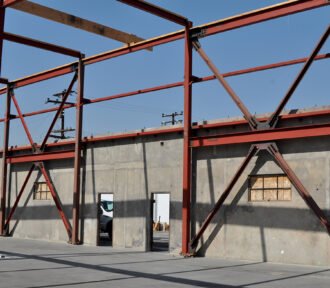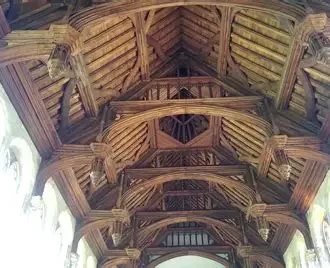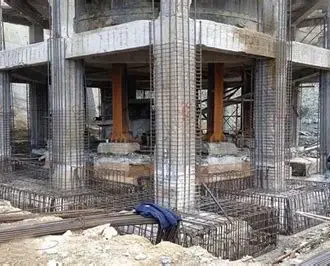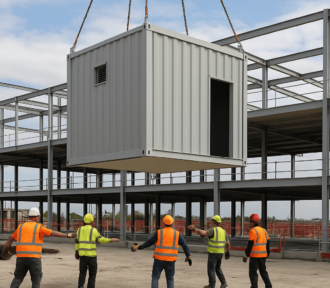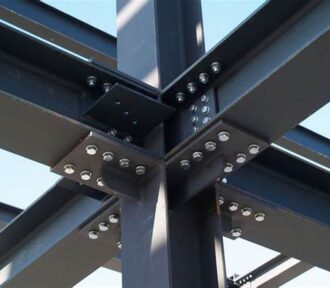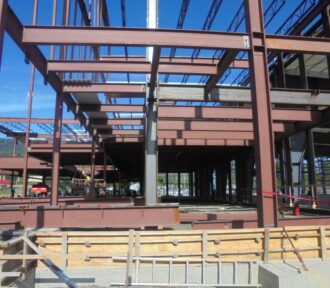Lateral stability is a fundamental requirement for every steel frame. It ensures that structures resist horizontal forces, maintain alignment, and perform reliably throughout their service life.
Category: Steel
Roof structures chart the progress of engineering across history. From primitive shelters to advanced digital designs, each generation expanded the possibilities of enclosing space.
This article explores causes, progression, detection, remediation, and prevention of reinforcement corrosion. It aims to give engineers a clear background for design, maintenance, and repair decisions.
Column jacketing improves structural performance in several keyways. It restores or increases axial load capacity, enhances shear resistance, and improves confinement.
This article examines key fire protection principles used for steel-framed buildings. It explores passive and active methods, their practical applications, and how engineers make design decisions.
his article provides an in-depth examination of steel and off-site construction. It discusses how these approaches intersect to improve quality, lower costs, and increase productivity.
This article explores how engineers assess the factor of safety in conservation, the challenges they face, and the most effective strategies for reinforcing historic structures without unnecessary interventions.
This article discusses the theoretical basis of column buckling, emphasizing Euler’s formula for idealized conditions and modifications for real-world applications.
This article explores various types of moment connections in steel structures, offering insights on their design, function, advantages, and limitations in resisting both shear and bending forces.
This article delves into the essential components of steel beam design according to the AISC code. It discusses the critical steps, including load determination, section selection, and limit states design, which ensure the proper performance of steel beams.
